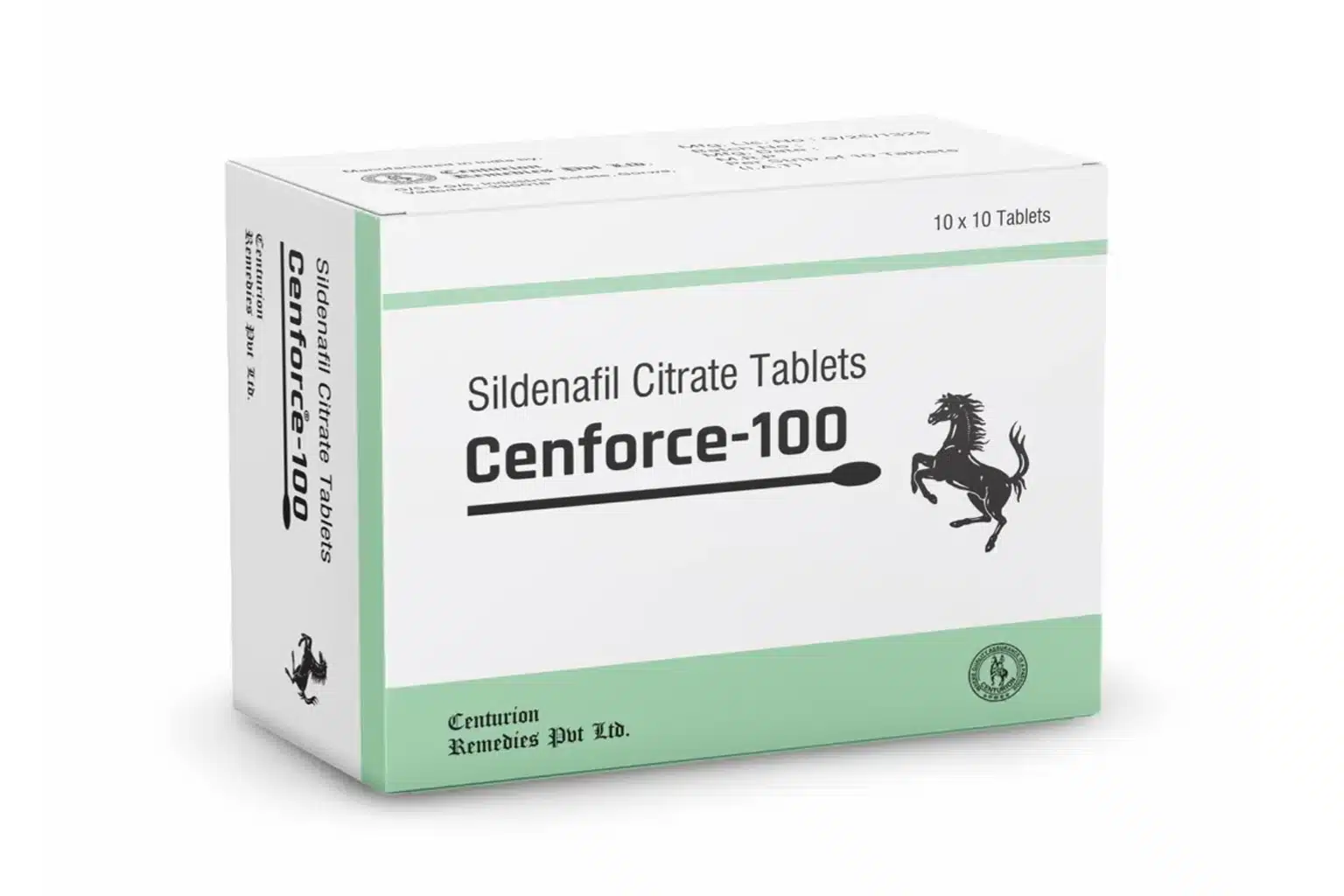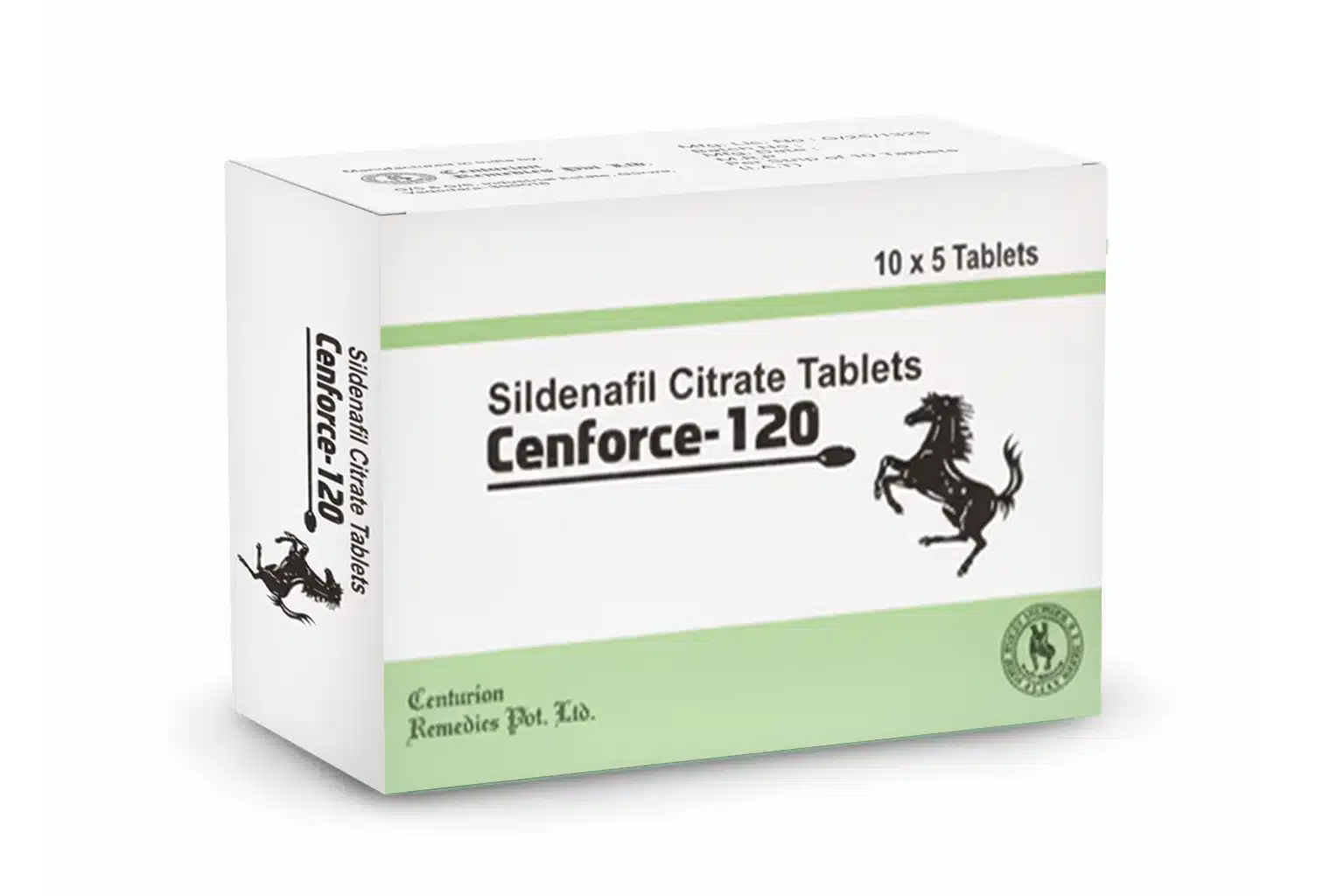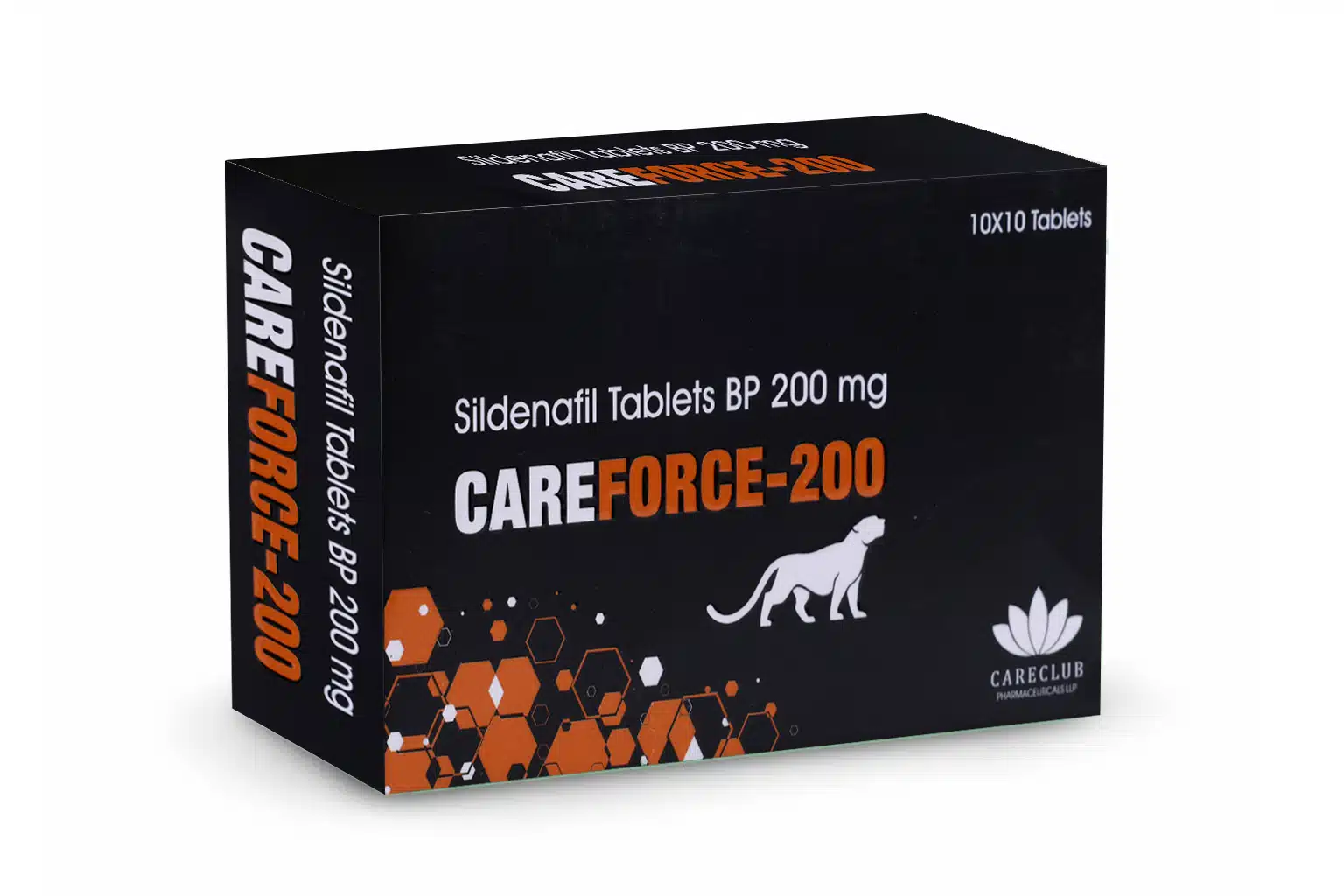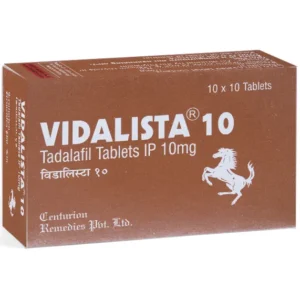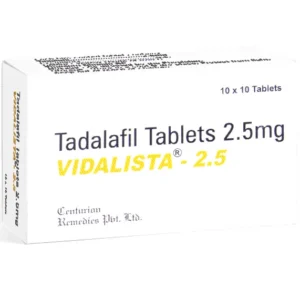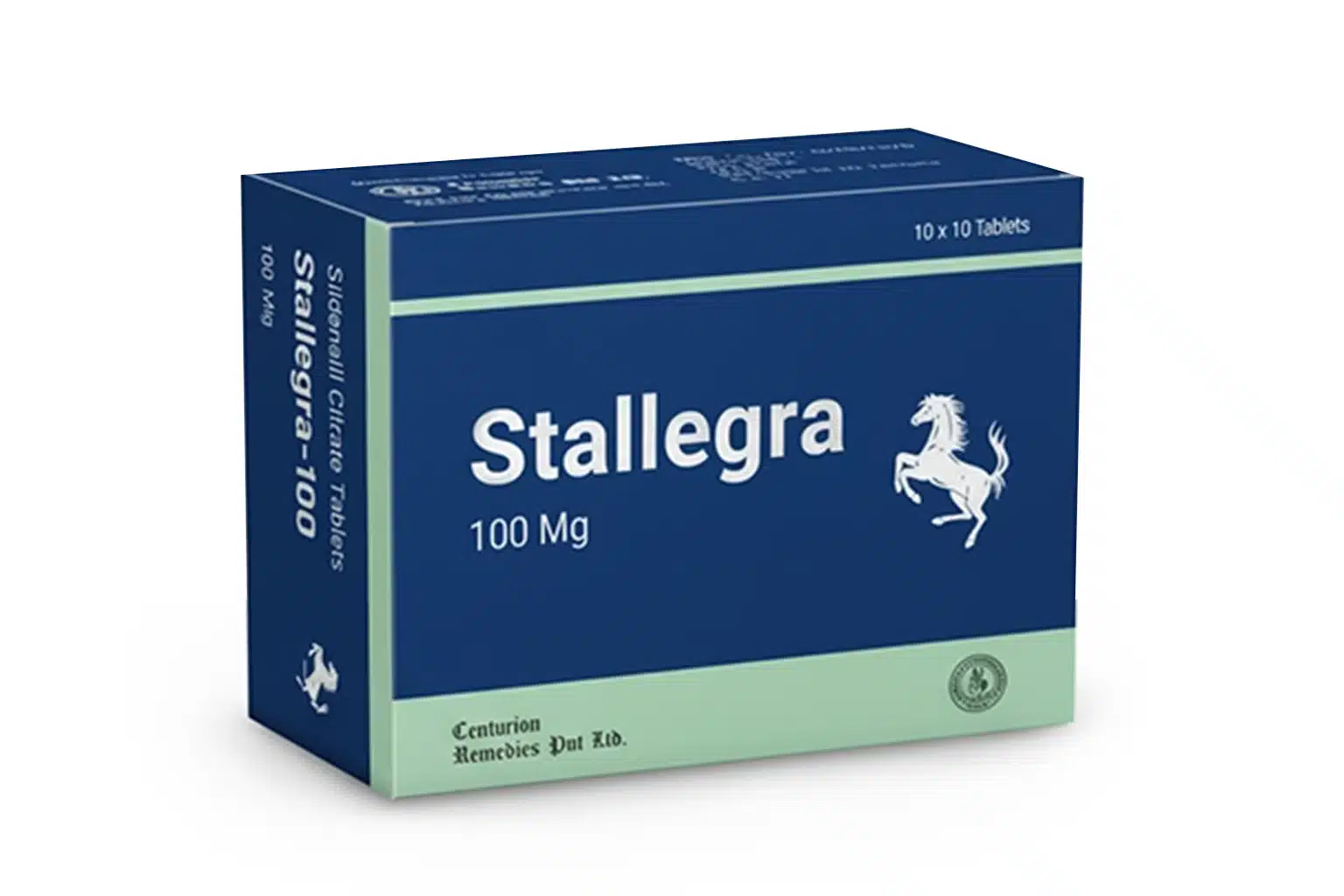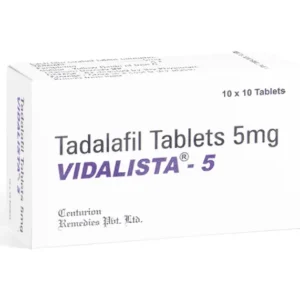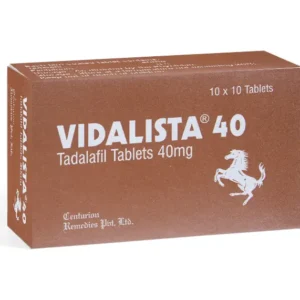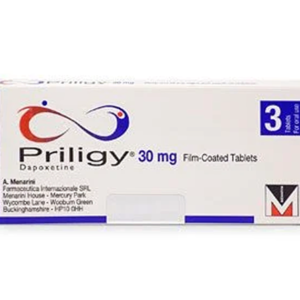Are Women Hornier Than Men?
This is a question that turns heads, raises eyebrows, and sparks hot debates in workplaces, bars, and forums: are women more horny than men? Short answer: it depends — on how you measure “horny,” when you measure it, and which person you’re talking about. In practice, sex drive is shaped by biology, hormones, relationships, health (including erectile dysfunction), culture, and moment-to-moment life circumstances. This long-form guide sorts the noise from the facts, explains what researchers actually find when comparing male and female libido, describes how erectile dysfunction (ED) can change men’s sexual desire, and offers practical, evidence-informed takeaways for anyone trying to understand sexual desire in themselves or a partner.
1) Why is this question complicated
“Horniness” is slang that mixes feelings (desire), physiology (arousal), motivation (wanting sex), and behaviour (seeking or initiating sex). Scientists typically separate these into measurable components: sexual desire (libido), sexual arousal (physical response), and sexual behaviour (frequency of sex). When people ask whether women are “hornier,” they usually mean one of these: most often desire or reported frequency of wanting sex. Different measures produce different answers. Some studies find that men report stronger and more frequent sexual desire; others show that women’s desire is more context-dependent and can be equally strong at times. One influential review concluded men tend to report more frequent desire overall, but the gap narrows once you look at patterns over time and situational factors.
2) What large studies and reviews show: patterns, not absolutes
Two reliable patterns emerge from the research:
Men on average report more frequent spontaneous sexual desire (thoughts or urges that arise without a partner present). This is the classic finding across many surveys and meta-analyses. But averages hide huge overlap: many women report a stronger desire than many men.
Women’s sexual desire fluctuates more across days and life stages. Women’s desire is often more responsive to context, relationship quality, stress, hormonal cycles, and emotional closeness play larger roles. That doesn’t mean women are less sexual overall it means their desire is more dynamic. A 2023 daily-diary study, for example, found evidence that men’s day-to-day desire tends to be slightly more stable, while women’s desire varies more with context.
So, men often show more consistent, frequently reported desire; women can experience equally intense desire, but often in patterns tied to relationship, mood, and biological cycles.
3) Biology & hormones: the engine behind libido
Sex hormones shape sexual desire, but they aren’t destiny.
Testosterone is commonly associated with male libido, and low testosterone in men can reduce desire and arousal. However, testosterone alone doesn’t fully explain differences between people: social factors and psychological states matter as well.
Estrogens and progesterone (and their fluctuation across the menstrual cycle) influence female sexual desire and arousal. For some women, desire peaks around ovulation; for others, other cycle phases or non-hormonal factors are more important.
Neurochemicals like dopamine, oxytocin, and serotonin also help shape arousal, motivation, and bonding. Dopamine facilitates sexual motivation; oxytocin helps emotional connection and may boost arousal in relational contexts.
Bottom line: sex hormones are necessary players but they work inside a broader web of brain circuits, social signals, and personal history.
4) How erectile dysfunction (ED) changes sex drive for men
Erectile dysfunction affects more than erections: it can reshape sexual desire and behaviour.
ED can reduce sexual confidence and motivation. Men who experience difficulty achieving or maintaining erections often report lower sexual desire over time — partly because sexual situations become associated with performance anxiety, embarrassment, or disappointment. In many cases, the emotional fallout (avoidance, reduced initiation) eats away at desire more than the physiological problem itself.
Medical causes and comorbidities matter. ED frequently co-occurs with conditions (diabetes, cardiovascular disease, depression) and medications that lower libido. Addressing the medical root can restore both function and desire.
Treatment effects vary. Some men regain sexual desire after ED treatment (e.g., PDE5 {kamagra gold 100 mg} inhibitors, lifestyle changes, therapy). Others need both physical treatments and psychological support to rebuild confidence and intimacy .So when you’re comparing male and female libido, remember that untreated ED can artificially lower average male sexual activity and reported desire in affected groups.
Best Seller
Best Seller
5) Social and psychological drivers (why context matters more for many women)
Research shows that women’s sexual desire is often strongly influenced by relationship and emotional factors:
Emotional closeness, communication, and perceived relationship quality are major predictors of female sexual desire. Feeling emotionally connected often enhances sexual interest.
Stress, fatigue, and caregiving roles disproportionately impact women’s opportunities and bandwidth for sex in many societies, which can suppress libido even when underlying desire exists.
Body image, sexual shame, and cultural messages heavily shape how safe and willing women feel to express desire. These social factors don’t disappear in private; they reshape the inner environment where sexual desire grows or withers.
By contrast, many studies suggest that men’s reported desire is less tightly coupled to relationship quality and more to immediate cues or spontaneous urges — though that’s a generality with many exceptions.
6) Age, life stage, and changing sex drives
Sexual desire is dynamic across the lifespan for everyone:
Men: Testosterone declines slowly with age for many men, and paired health issues or medications can reduce libido. Still, many older men maintain a strong desire, especially if healthy and in supportive relationships.
Women: Desire frequently dips and rises with life events pregnancy, postpartum recovery, breastfeeding, perimenopause, and menopause are well-known inflection points. Some studies even find a peak in sexual satisfaction for many women in their 30s or 40s, depending on relationship and life circumstances.
Both sexes lose or gain libido for health, relationship, and hormonal reasons so age trends give averages but don’t predict any individual.
7) What increases female arousal? Practical, evidence-informed levers
If the question behind “are women hornier?” is really “what makes women more aroused or more likely to want sex?”, here are factors that research and clinicians commonly identify:
Emotional intimacy and secure attachment. Feeling close and emotionally safe with a partner increases desire for many women.
Hormonal interventions (in some cases). For certain women with hypoactive sexual desire disorder (HSDD) or medical causes, treatments that modify hormones (e.g., testosterone therapy in carefully selected cases) or address vaginal atrophy (local estrogen) can help always under medical supervision.
Addressing pain and physical barriers. Vaginal dryness, dyspareunia (painful sex), or medical issues reduce arousal; treating those increases the likelihood of desire.
Psychotherapy and sex therapy. Cognitive-behavioural approaches, mindfulness-based sex therapy, and couples therapy help address anxiety, shame, or relationship patterns that block desire.
Lifestyle changes. Better sleep, reduced stress, exercise, and reducing substance misuse all improve sexual desire and arousal broadly.
Each person’s combination of effective levers is unique; a careful, nonjudgmental clinical assessment helps pick the right mix.
8) Myths and misconceptions
Let’s clear a few persistent falsehoods:
Myth: Men always want sex more than women. Reality: On average, men report more frequent spontaneous desire, but many women experience equal or stronger desire depending on context and timing. There’s a large overlap between sexes.
Myth: low female desire is “just in her head.” Reality: low desire has biological, psychological, relational, and cultural causes it’s real and often treatable.
Myth: ED only affects performance, not desire. Reality: ED often reduces confidence and sexual motivation, so desire frequently declines unless the underlying issues are addressed.
9) Practical advice for couples and individual
If you and your partner are puzzled by mismatched desire, try these practical steps:
Start the conversation nonjudgmentally. Use curiosity: “I’ve noticed our desire patterns changed want to explore it together?” Avoid blame.
Separate desire from performance problems. If ED is present, see a clinician; treating physical causes often restores desire and reduces anxiety.
Prioritize intimacy and low-pressure connection. Schedule non-sexual closeness (walks, cuddling) to rebuild safety and desire.
Experiment with timing and stimulation. For women whose desire is context-sensitive, planning or creating romantic cues can help (light meal, reduced interruptions, mood-setting).
Seek specialized help when needed. Sexual pain, medical causes of low desire, or entrenched relationship patterns often respond best to combined medical and therapeutic approaches.
10) Ethical and cultural notes
Sexual desire and expression are deeply shaped by culture and gender norms. Judging people from different backgrounds by one standard (e.g., “who’s hornier?”) is unhelpful and often harmful. Instead, focus on communication, consent, and mutual satisfaction. Remember that “normal” is a wide range what matters is whether each person and the couple are satisfied or distressed by their sexual lives.
Bottom line
There’s no one-size-fits-all “horniness” ranking between women and men. Men typically report more frequent, spontaneous sexual thoughts; women’s sexual desire tends to be more context-dependent and fluctuates more with life stage and relationship factors. Erectile dysfunction can lower men’s reported sex drive indirectly, while many treatable medical and psychological factors affect female libido. Instead of asking who’s hornier, a healthier question is: what conditions help each person experience satisfying sexual desire? Communication, medical evaluation when needed, and shared effort to build intimacy are the most reliable ways forward.
FAQs
Q1 ) Are women more horny than men?
A: Not categorically. Men tend to report more spontaneous and frequent sexual thoughts on average, but women’s desire can be equally strong and is often more sensitive to relationship and contextual factors. There is a major individual overlap.
Q2) How does ED affect men’s sex drive?
A: ED often reduces sexual confidence and motivation, leading many men to experience lower desire. Treating ED medically and psychologically can restore desire.
Q3) What causes low female libido?
A: A mix of hormonal changes, relationship issues, stress, medications, pain during sex, and cultural/psychological factors. Evaluation by a clinician can identify contributing causes.
Q4) Can hormones explain most differences in desire?
A: Hormones are important, but not the whole story. Dopamine, oxytocin, testosterone, estrogen, and other factors interact with relationship and psychological context to shape desire.
Q5) When should someone seek help?
A: If low desire or erectile problems cause personal distress or relationship difficulty, consult a healthcare provider a primary physician, urologist, gynecologist, or certified sex therapist, depending on the issue.
References
Baumeister, R. F. (2001). Is there a gender difference in the strength of sex drive? — Review of evidence showing men report more frequent sexual desire. SAGE Journals
Harris, E. A. (2023). Does Sexual Desire Fluctuate More Among Women than Men? — daily diary study on desire variability. PMC
StatPearls / NCBI — Erectile Dysfunction (2024): clinical overview of ED, causes, and effects on sexual health. NCBI
Hopkins Medicine — patient-facing overview of erectile dysfunction and relationship impact. Johns Hopkins Medicine
Cappelletti, M., et al. (2015). Increasing women’s sexual desire: The comparative evidence on testosterone and other interventions. — Review of hormonal approaches to female desire. PMC
Bancroft, J. (2005). The endocrinology of sexual arousal — review of hormones and arousal mechanism. Bioscientifica
StatPearls / NCBI — Female Sexual Interest and Arousal Disorder (2024): diagnostic overview and prevalence. NCBI
Efficacy and safety of sildenafil citrate in women with sexual dysfunction associated. Pubmed




